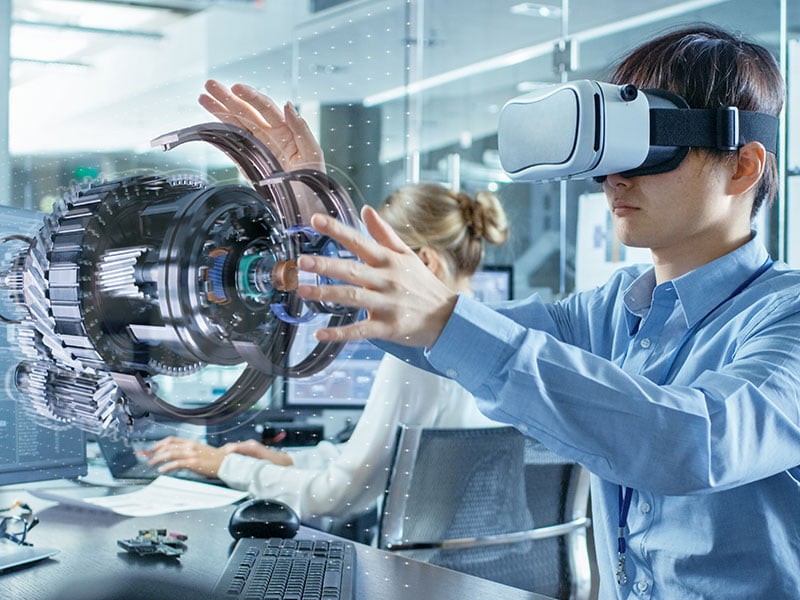Australia’s peak science lobby has called on government to “double down” on its research and development investment to raise it to 3 per cent of GDP in order to “shield our economy from major threats” like climate change and antibiotic resistance.
“Australia should use the next federal Budget to fund science like our lives and our economy depend on it – because they do,” Science and Technology Australia (STA) chief executive officer Misha Schubert said as part of a pre-Budget submission.
The STA, which represents around 90,000 scientists and technologists in Australia, describes its submission as setting out “fiscally responsible initiatives to deliver strong returns on investment to both tax revenue and the economy”.

A 2021 CSIRO report found that $1 of R&D investment creates an average of $3.50 in economy-wide benefits.
“We should heed the lessons of the pandemic and ‘double down’ on our investments in science to see off major threats and seize new economic opportunities for Australia,” Ms Schubert said.
“As we enter the third year of the COVID-19 pandemic, it’s never been clearer that Australia needs the deep expertise of scientists to navigate this historic challenge – and many others,” she said.
The submission outlined 10 proposals that would shift total R&D investment closer to the top investor countries in the Organisation of Economic Co-operation and Development (OECD).
Australia’s current level of research and development investment is 1.79 per cent of GDP, below the 2019 OECD average of 2.48. Investment leaders Israel and South Korea invest 4.93 and 4.64 per cent respectively.
The proposals include an increase to the research grant budgets of the Australian Research Council (ARC) and the National Health and Medical Research Council (NHMRC) to $1 billion a year as well as calls to create several new long-term funds and programs.
In 2020, ARC and NHMRC received a grants budget of $834 million and $863 million respectively.
This comes after the government’s redirection of 70 per cent of funds from ARC’s Linkage Program to six National Manufacturing Priorities, a move which disqualified several research Centres of Excellence.
The importance of accessing Australia’s diverse STEM talent pool is also highlighted through calls for $2.3 million in funding to advance women in STEM through the Superstars in STEM program, and $4 million to establish an indigenous STEM Network.
Further, a “disastrous exodus” of science talent could be prevented through the shift to longer-term grants, employing researchers on longer-term contracts, adopting fixed timelines for grant applications and announcements, and reducing red tape in grant applications.
STA also proposed that the Patent Box concessional tax scheme – that is effective from July 1, 2022 – be extended to include clean technologies. In its current form, only corporate income from eligible Australian in the medical and biotechnology sectors qualify for the concessional tax rate of 17 per cent.
There is also a renewed call for a $2.4 billion Research Translation Fund which was not adopted by the Commonwealth last year and resources for a review of the Job-Ready Graduates (JRG) legislation. In the event that STEM degree enrolments have fallen under the JRG the submission also called for funding to be increased.
STA President Professor Mark Hutchinson echoed Ms Schubert’s sentiments stating that “the lessons of the past few years are clear. We must invest deeply in science and scientists. The success of science is crucial to our safety.
“Now is the time to secure the next-generation science capabilities we need to face the next set of complex challenges that will confront our country,” Prof Hutchinson said.
You can read the full STA submission here.
Do you know more? Contact James Riley via Email.

